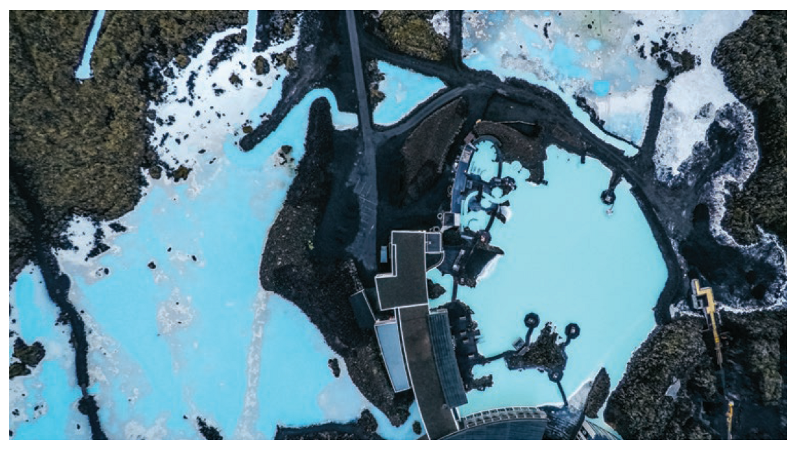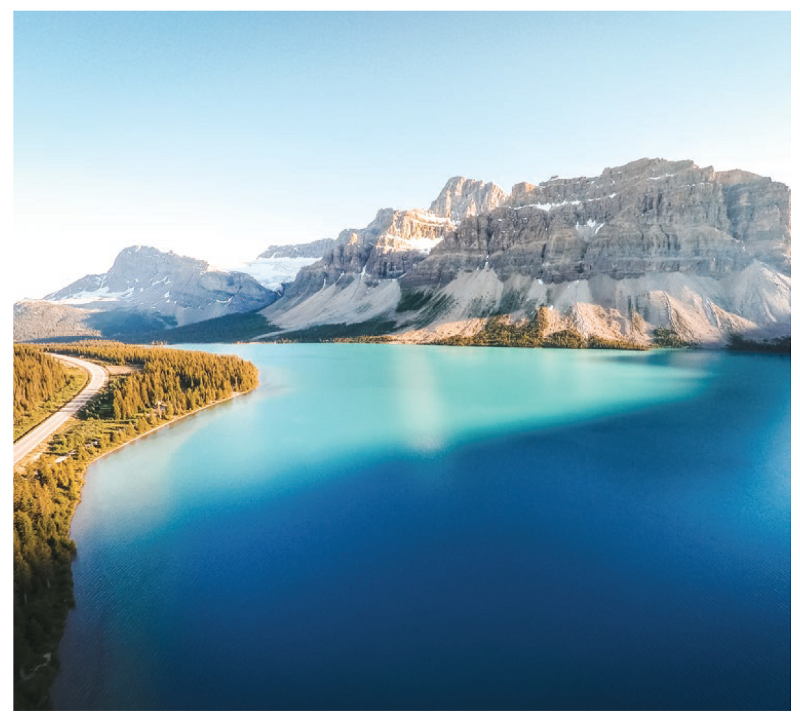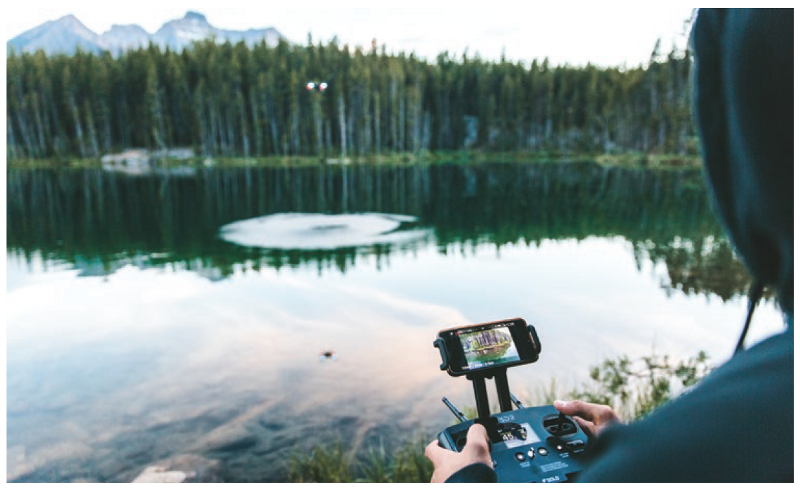This article serves as a set of guiding principles to bear in mind anytime you shoot aerial photography. Considering these concepts when you shoot will help lead to better photos overall, and help you think about composition in a new way. Enjoy!
Rule of Thirds — The rule of thirds is a time-honored law of imagery (photography, painting, video, etc). Picture two horizontal lines and two vertical lines sectioning your image into nine squares — like a tic-tac-toe board. You’ll usually want to place the main elements in your photos on/near these lines and the intersections. Why does this rule work? A slightly off-balance composition is more interesting and pleasing, and it actually often looks more “natural” than a perfectly centered subject; after all, the world around us isn’t perfectly centered, and our eyes are evolutionarily first drawn to things that are a little out of place. As a bonus, by locking down these elements you’ll naturally create interesting “negative space” (empty space; objects are “positive space”).

The Syms — We all know what symmetry is: a subject you can split right down the middle into identical halves. Rectangles? Symmetrical. Tilt that rectangle into a parallelogram and you lose that symmetry. Symmetry in photography depends on how much you show, whether you foreshorten your subject, how you arrange it in the composition (straight up vertically? diagonally? sorta-sorta?). Drones give you the luxury of playing with the location of your camera in three dimensions to get stronger and weaker effects.

The Lines Are Drawn — Our eyes like to follow lines. This affinity affects the way we’re drawn around an image (or guided, as a strong composition will at first “pilot” our eyes for us). Find lines from the air — the cut of a cresting wave; the finger-like curves of the wave that landed before it and now seems to be clutching at the sand as it reluctantly ebbs out; the scalloped sand on the beach — lines can turn a simple landscape into stories or create impressions that print on your brain.

I’ve Been Framed — As you set up your shot, pre-visualize the type of frame your photo will eventually occupy. Will you post to Instagram or to Facebook? Wide banners to run across a web page? What do you plan to do when you edit: Crop it? Blow it up? Pre-visualization as a rule of thumb is good practice, anyway — it will help you find your perfect shot that much easier, and you’ll also be more primed to notice surprising nuances.

Light — Often overlooked. Time of day plays a huge role in the kind of light you get. High noon shoots usually don’t yield great results. If you find that you have to shoot during a bright time like this, don’t fly into the sun: You’ll get a washed-out image. The light and shadows are best during the “golden” hours of early morning or late evening. This can be especially interesting when shooting “nadir” shots, with your camera pointing straight down.

Poetry in Motion — Movement is usually more interesting than stasis. A person running, a car on the road, even the motion of water or wind through an otherwise static landscape — they all add dynamism and a narrative, and subtly imply unpredictability and an appealing imbalance. Drones are particularly well adapted to conveying movement, as they themselves are objects in motion.
Credits to Roger Sollenberger on copy collaboration. Thanks to @bdorts and @samuelelkins on instagram for their photos featured here. This is one of the articles in our Drones for Aerial Photography ebook, available for free HERE.
https://medium.com/3d-robotics/aerial-photography-cheat-sheet-ac4d9e00315#.b4j09nwbx



